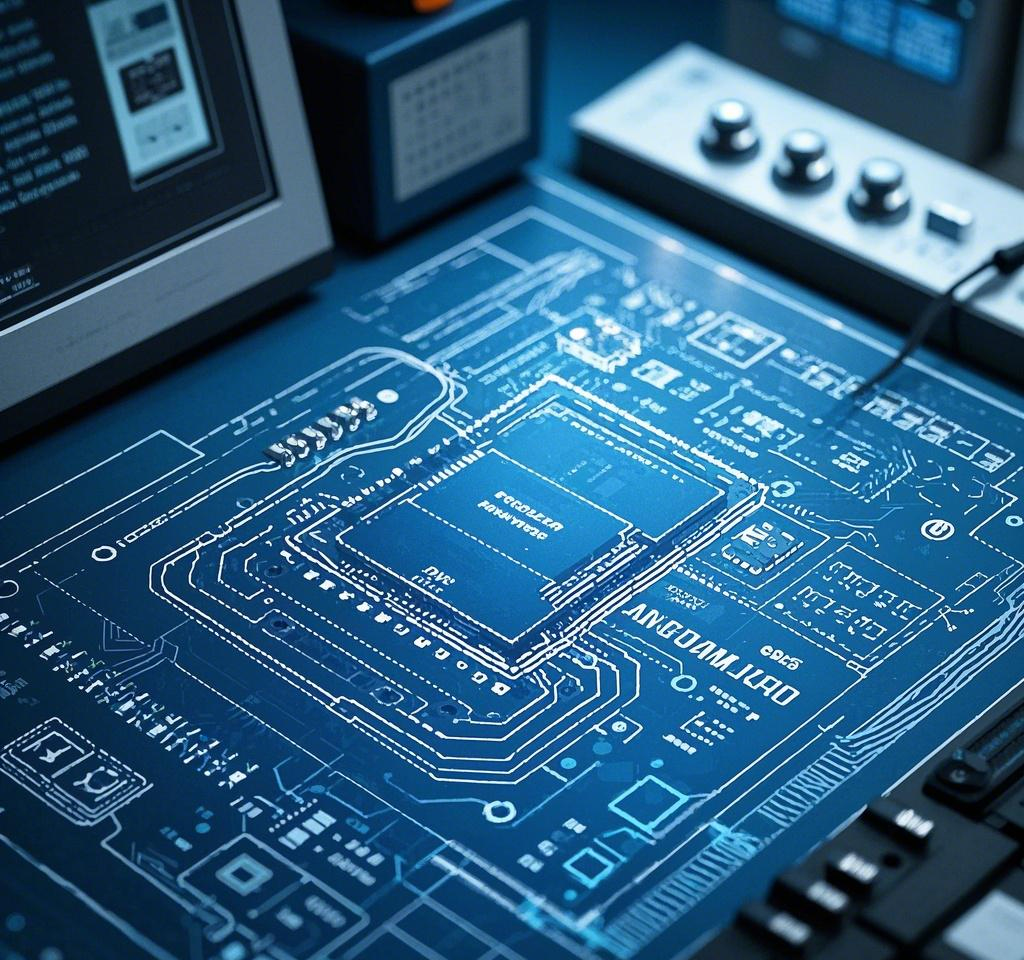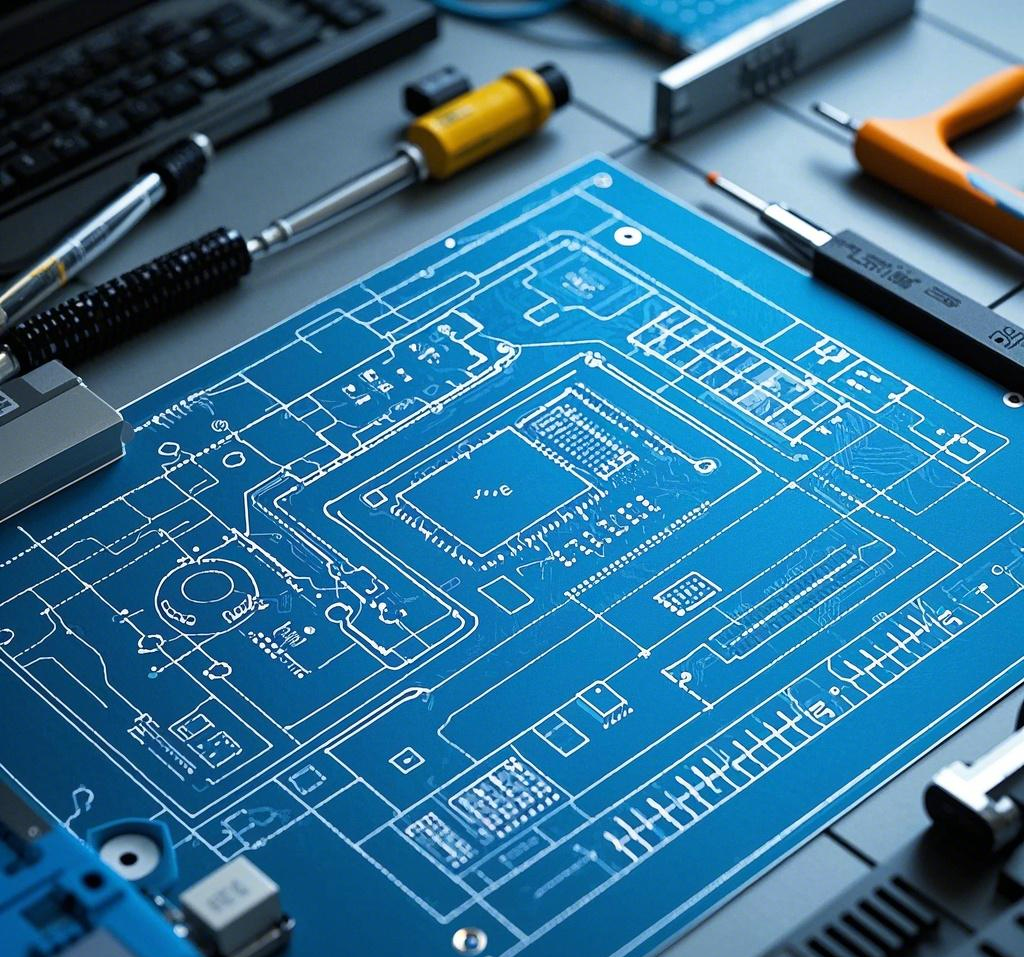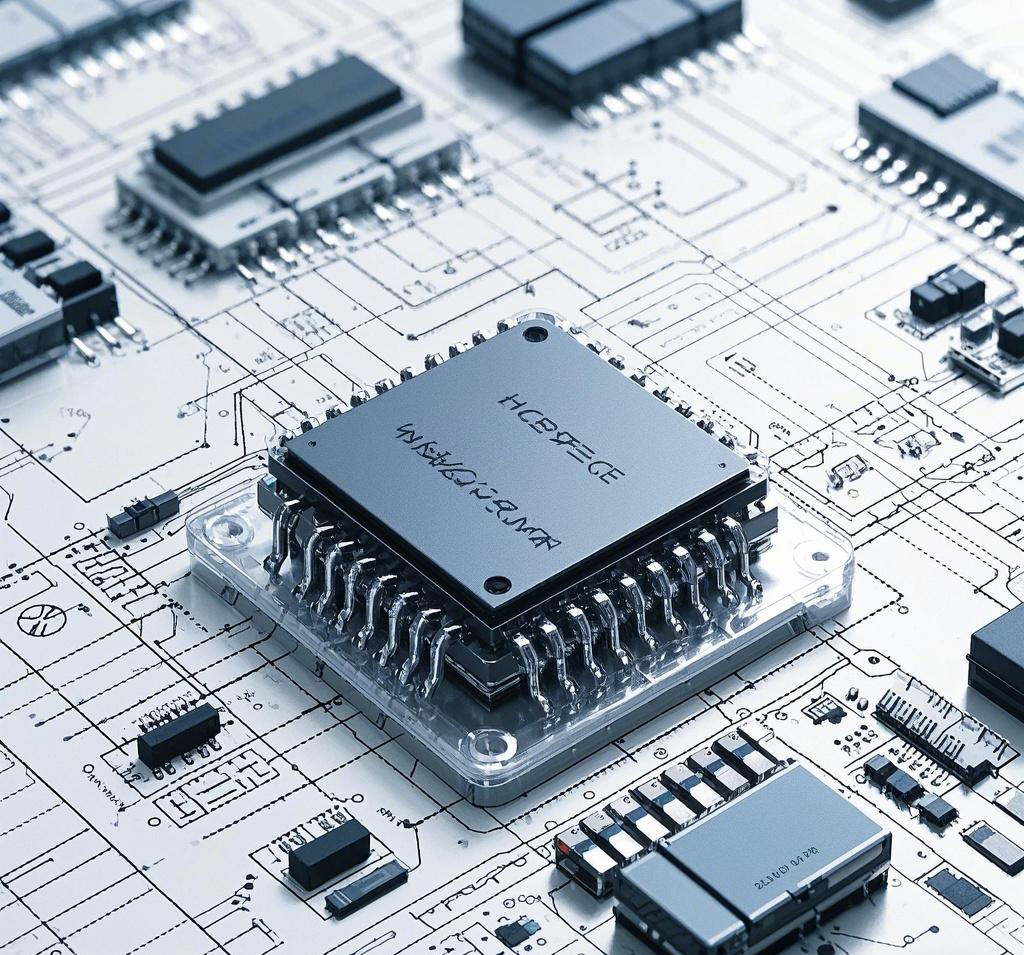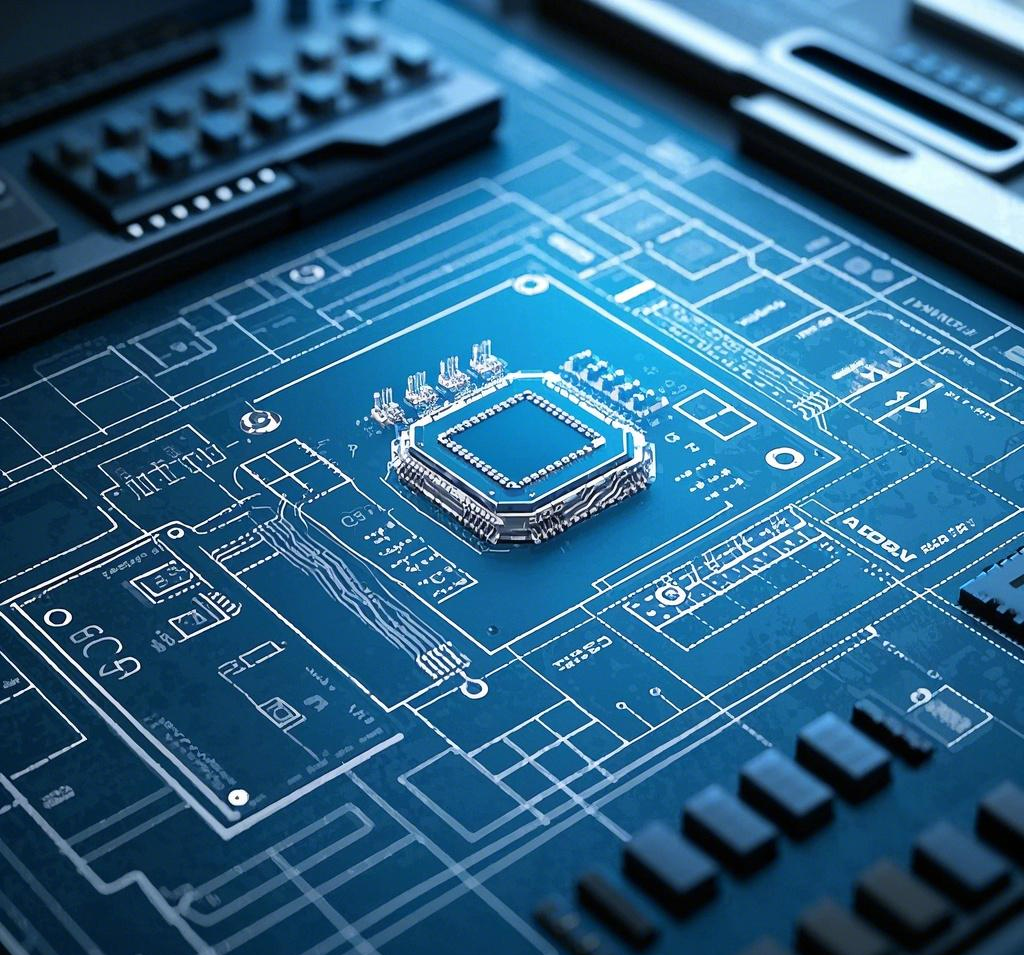Design principles and practices for quality board layout
In the intricate world of design, engineering, and strategy, the concept of board layout emerges as a cornerstone of excellence. Whether you’re designing a chessboard for a grandmaster’s duel, a circuit board for a cutting-edge device, or a game board for a thrilling tabletop adventure, the layout dictates the flow of interaction, the clarity of purpose, and the ultimate success of the endeavor. Over the years, I’ve come to appreciate the artistry and science behind a well-executed board layout, not just as a technical necessity but as a profound metaphor for life’s structured chaos.

The First Encounter: Discovering the Power of Board Layout
My fascination with board layout began in my teenage years when I stumbled upon an old chessboard in my grandfather’s attic. The worn wooden squares, etched with decades of thoughtful moves, whispered stories of strategy and foresight. At the time, I saw it merely as a grid—a simple arrangement of spaces. But as I delved deeper into chess, I realized that the board layout wasn’t just a backdrop; it was a battlefield where every square held potential energy, waiting to be unleashed by a knight’s leap or a bishop’s diagonal strike. This realization planted the seed of curiosity: how could a seemingly static board layout wield such dynamic influence?
Years later, as I transitioned into the world of electronics engineering, this curiosity blossomed into a professional obsession. In circuit design, the board layout—often referred to as a PCB layout (Printed Circuit Board layout)—is the blueprint that determines a device’s performance. A poorly planned layout can lead to signal interference, overheating, or even complete failure. I vividly recall my first major project: designing a microcontroller board for a robotics competition. My initial board layout was a mess—traces crisscrossed like a spiderweb, components were crammed without regard for heat dissipation, and the result was a board that buzzed and died within minutes of powering up. That failure stung, but it taught me a humbling lesson: precision in board layout isn’t just desirable; it’s non-negotiable.
The Art of Balance: Lessons from Failure and Success
The beauty of working with board layout lies in its demand for balance. Too much focus on aesthetics, and you risk functionality; too much emphasis on efficiency, and you lose the elegance that makes a design intuitive. This balance became clearer to me during a project in my third year of university, where I collaborated with a team to design a board layout for a solar-powered IoT device. Our goal was to minimize power consumption while ensuring reliable data transmission across a rural network. Below is a simplified table summarizing the key considerations we tackled:
| Aspect | Challenge | Solution |
|---|---|---|
| Component Placement | Limited space on a 5×5 cm board | Prioritized heat-generating components near edges 🛠️ |
| Trace Routing | Avoid signal interference | Used differential pair routing |
| Power Distribution | Ensure stable voltage across board | Added decoupling capacitors strategically |
This project was a turning point. Our board layout not only worked but also won an award at a regional tech expo—a moment of pride that underscored the importance of thoughtful design. Reflecting on it now, I see parallels with life: just as a board layout requires careful allocation of space and resources, so does our daily existence. We juggle priorities, manage constraints, and strive for harmony amidst complexity.
The Science of Intuition: Evolving My Approach to Board Layout
As my career progressed, I began to see board layout as more than a technical task—it became a form of expression. In my current role as a systems engineer, I often work on large-scale projects where the board layout must accommodate hundreds of components, from resistors to microchips. The process has taught me to trust my intuition while grounding it in scientific rigor. For instance, during a recent project involving a high-frequency RF board, I had to ensure minimal electromagnetic interference (EMI)¹—a common challenge in such designs. After several iterations, I developed a workflow that blended creativity with precision:
- Sketching the Vision: I start with a rough sketch of the board layout, placing critical components like antennas and oscillators first.
- Simulation: Using tools like Altium Designer, I simulate signal paths to identify potential bottlenecks.
- Refinement: I tweak the layout, adjusting trace widths and spacing, until the simulation yields optimal results.
This iterative process mirrors how I’ve learned to approach challenges in life—start with a vision, test it against reality, and refine until it works. Below is a table comparing two board layout approaches I experimented with during this project:
| Approach | Pros | Cons |
|---|---|---|
| Grid-Based Layout | Easy to scale, uniform spacing | Less flexible for irregular components |
| Freeform Layout | Maximizes space, creative freedom 🖌️ | Time-intensive, prone to errors |
Ultimately, a hybrid approach yielded the best results—a grid for the core components and freeform adjustments for the peripherals. This balance of structure and flexibility has since become a guiding principle in both my work and personal endeavors.
Board Layout as a Metaphor for Life’s Complexity
Beyond the technical realm, I’ve come to view board layout as a metaphor for navigating life’s uncertainties. Just as a board layout must account for unexpected variables—like a last-minute component change or a new design constraint—life throws curveballs that demand adaptability. A few months ago, I volunteered to design a board layout for a local nonprofit’s educational kit, aimed at teaching kids the basics of electronics. The project was constrained by a tight budget and a diverse audience, forcing me to simplify the layout without sacrificing functionality. The experience reminded me of parenting: you create a structure for your child (the board layout), but you must leave room for their unique quirks and growth (the components).
This metaphor extends to teamwork as well. In collaborative projects, a good board layout ensures that every team member’s contribution fits seamlessly into the whole. Miscommunication or misalignment—like a poorly routed trace—can derail the entire effort. I’ve learned to over-communicate, double-check assumptions, and leave buffer zones in both my designs and my relationships.
Innovation and Inspiration
Looking ahead, I’m excited by the innovations shaping the future of board layout. Advances in 3D PCB design² allow for more compact, efficient layouts, while AI-driven tools can optimize layouts faster than any human could. Yet, I believe the human touch—our ability to infuse creativity and empathy into a board layout—will always remain irreplaceable. Whether I’m designing a circuit board, arranging a game board for my weekly D&D sessions, or mapping out a new project plan, the principles of board layout guide me: clarity, balance, and adaptability.
Notes
¹ Electromagnetic Interference (EMI): Unwanted noise or signals that disrupt the performance of electronic circuits, often caused by improper board layout or external sources.
² 3D PCB Design: A design approach that allows components and traces to be arranged in three dimensions, enabling more compact and complex layouts compared to traditional 2D designs.

